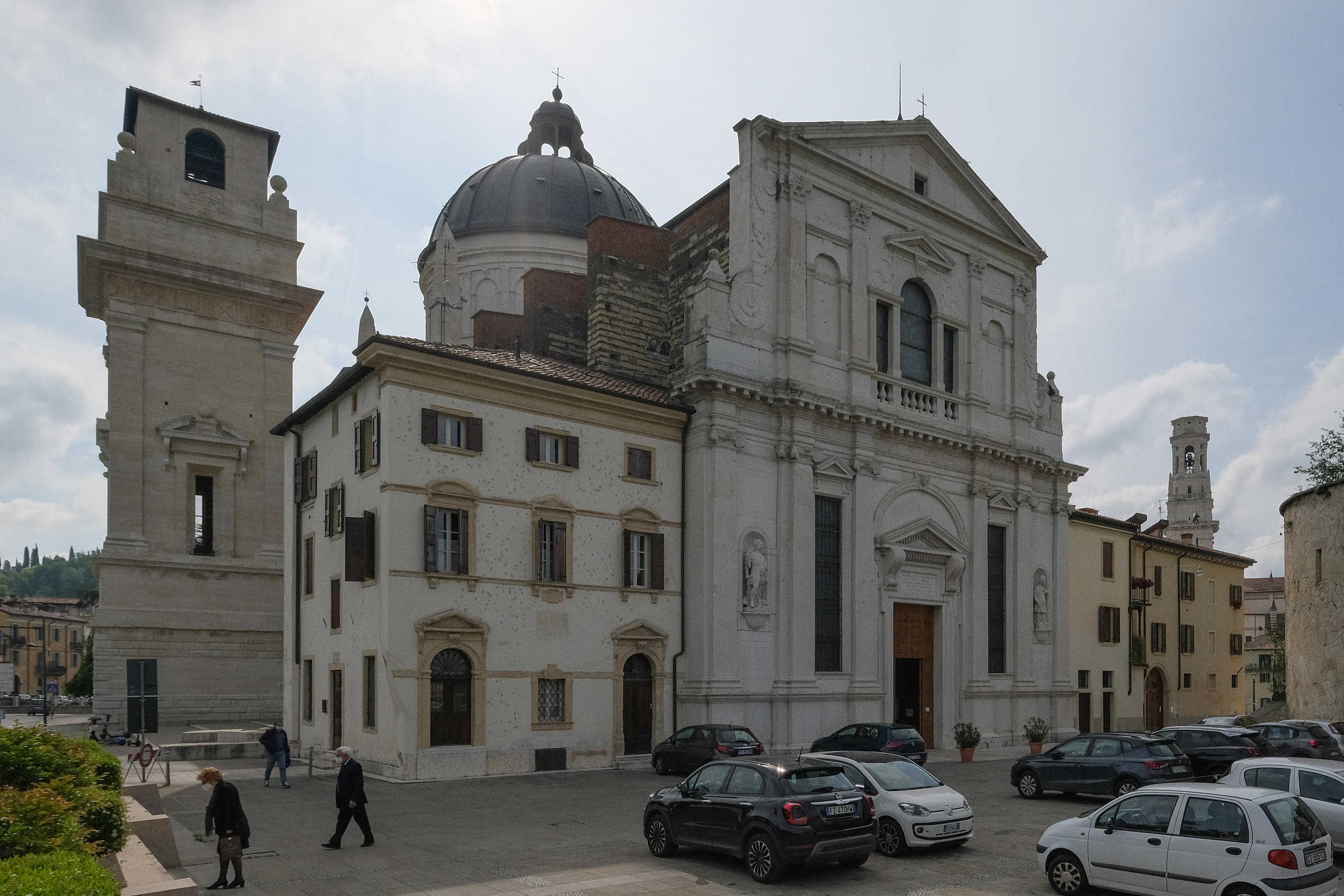About Chiesa di San Giorgio in Braida
The Church of San Giorgio in Braida, located in the Borgo Trento region, is dedicated to Saint George and is a significant religious place in Verona. It was founded in the Middle Ages in 1046 as a Benedictine monastery and was renovated into today's Renaissance church after being handed to the congregation of San Giorgio in Alga in the mid-15th century.
The church's exterior exudes Renaissance elegance while also including characteristics of Baroque design. The white marble facade looks lovely and fits the rest of the church made up of terracotta material. Visitors are drawn to the facade's statues of San Giorgio and San Lorenzo Giustiniani, as well as the imposing dome and magnificent bell tower.
A single nave with four chapels on either side makes up the church's stunning interior. These chapels are all decorated with pieces by illustrious artists, such as Giovan Francesco Caroto, Pasquale Ottino, Sigismondo de Stefani, and many others. With a rich collection of artworks and stunning architecture, this church is truly captivating.
Chiesa di San Giorgio in Braida Highlights
• The Church of San Giorgio in Braida is an important historical place in Verona for devotees as well as tourists interested in history, art, and architecture.
• Dating back to the Middle Ages, this church is a beautiful masterpiece of Renaissance architecture with Baroque-style elements
• It captivates visitors as soon as they view the building's facade with its stunning design, white appeal, grand dome, and beautiful bell tower
• The inside of the church contains a nave with four chapels and is equally fascinating due to the presence of classic masterpieces by renowned artists such as Giovan Francesco Caroto, Sigismondo de Stefani, and many others.
